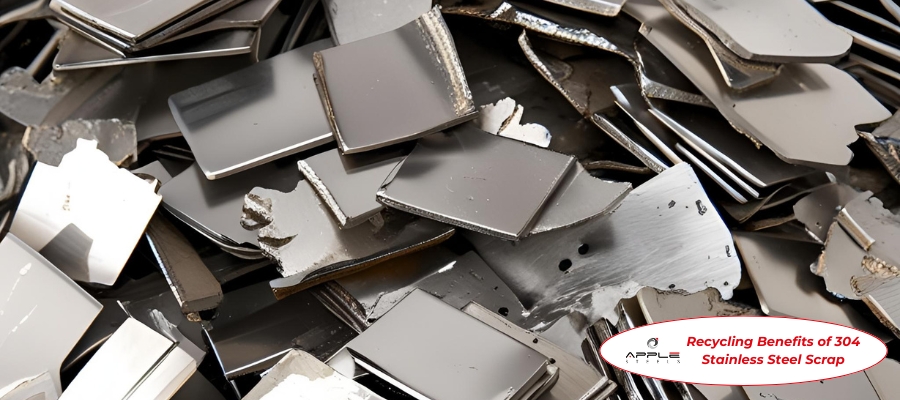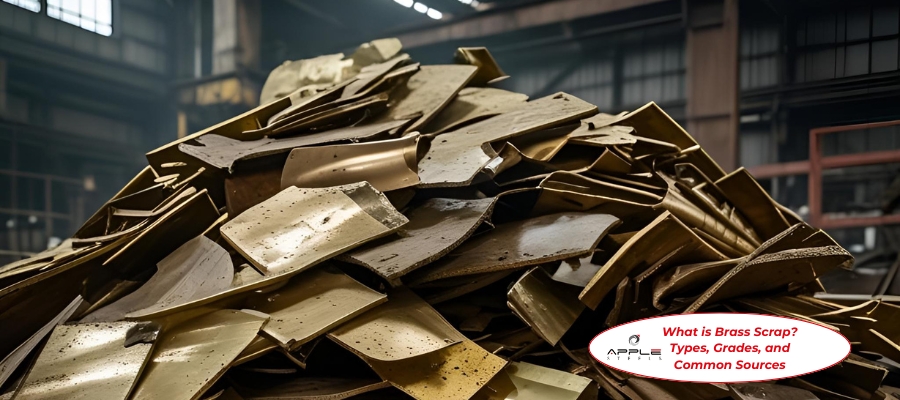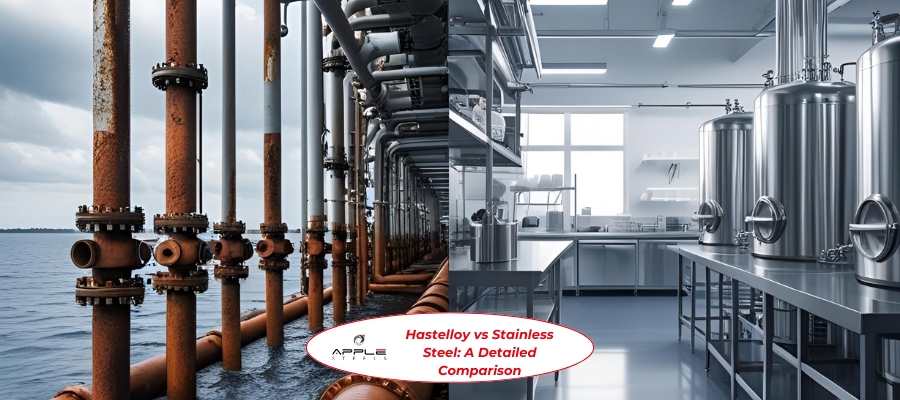Stainless steel 304 is one of the most widely used and versatile materials in the metal world. Known for its excellent corrosion resistance, durability, and aesthetic appeal, this alloy finds applications across industries from construction and automotive to food processing and medical equipment.
However, what truly adds value to stainless steel 304 is its recyclability. The scrap generated from stainless steel 304 is not waste it’s a valuable asset. In fact, the global metal recycling industry thrives on materials like stainless steel 304 scrap, which can be melted, repurposed, and reused without compromising its quality.
In this blog, we’ll explore why stainless steel 304 scrap holds such importance in the recycling industry and how it contributes to a more sustainable future.
What Is Stainless Steel 304?
Stainless steel 304 is an austenitic grade containing 18% chromium and 8% nickel, often referred to as 18/8 stainless steel. It offers:
- Excellent corrosion resistance
- Good formability and weldability
- High strength and durability
- Attractive appearance
Because of these qualities, 304 stainless steel is used in everything from kitchen utensils and sinks to chemical containers, architectural structures, and piping.
Understanding Stainless Steel 304 Scrap
Stainless steel 304 scrap refers to leftover pieces, offcuts, or old components made of this alloy. These scraps are collected from manufacturing units, demolition sites, fabrication plants, and even households. Instead of discarding these materials, they are sent to recycling centers where they are processed and transformed into usable raw material again.
Why Is Stainless Steel 304 Scrap So Valuable?
1. High Recycling Rate
Stainless steel, particularly the 304 grade, has one of the highest recycling rates among metals. Over 60% of stainless steel products are made from recycled material, and a large portion of that comes from 304 scrap.
2. Preserved Quality Post-Recycling
Unlike some materials that degrade in quality after recycling, stainless steel 304 retains its strength, corrosion resistance, and chemical composition even after multiple recycling cycles.
3. Cost-Efficient Raw Material
Using stainless steel scrap as a raw material is more economical than extracting new metal from ores. Manufacturers can save significantly on production costs without compromising on the quality of the final product.
4. Reduced Environmental Impact
Recycling 304 stainless steel reduces the need for mining and processing virgin materials, which in turn:
- Lowers carbon emissions
- Minimizes energy consumption
- Conserves natural resources
5. Supports Circular Economy
Stainless steel 304 scrap plays a crucial role in promoting a circular economy—a system where resources are reused, recycled, and regenerated to minimize waste and pollution.
Applications of Recycled Stainless Steel 304 Scrap
Recycled 304 stainless steel is used to manufacture:
- Pipes and tubes
- Sheets and coils
- Kitchenware and cookware
- Construction components
- Automotive parts
- Industrial machinery
The recycled metal functions just as well as freshly produced steel and meets all performance standards.
The Recycling Process of Stainless Steel 304 Scrap
Recycling stainless steel 304 involves several key steps:
1. Collection and Sorting
Scrap is gathered from multiple sources and sorted based on composition and grade. Stainless steel 304 is separated from other metals using techniques like magnetic separation and X-ray fluorescence.
2. Cleaning and Preparation
Contaminants such as oil, paint, or coatings are removed to prepare the scrap for melting.
3. Melting in a Furnace
The clean scrap is melted in electric arc or induction furnaces at high temperatures.
4. Refining and Alloy Adjustment
Chemical composition is checked and adjusted by adding elements like chromium or nickel to maintain grade purity.
5. Solidifying and Rolling
The molten stainless steel is cast into slabs or billets, which are then rolled into desired forms like sheets, rods, or bars.
How Industries Benefit from 304 Scrap Recycling
Manufacturers
- Reduced production costs
- Faster material sourcing
- Reliable quality
Construction
- Sustainable building practices
- LEED certifications
- Lower carbon footprint
Consumers
- Access to eco-friendly products
- Better pricing due to recycled material usage
Global Demand and Trade of 304 Stainless Scrap
Countries around the world import and export stainless steel scrap to meet their steel manufacturing needs. The demand for stainless steel 304 scrap is consistently high in regions like:
- Europe
- North America
- Asia-Pacific
India, for instance, is a significant importer of stainless scrap to fuel its growing construction and infrastructure sectors.
Challenges in Stainless Steel 304 Scrap Recycling
While recycling is efficient, the process comes with a few challenges:
- Sorting different grades of stainless steel requires specialized equipment.
- Removing contaminants can be time-consuming and costly.
- Not all regions have advanced metal recycling infrastructure.
However, with growing awareness and technology, these challenges are being addressed quickly.
Sustainability and the Future of 304 Scrap
As industries move toward greener practices, stainless steel 304 scrap will become even more vital. Governments and companies are setting stricter regulations on sustainability, and using recycled materials like 304 scrap can help meet environmental goals.
Conclusion
Stainless steel 304 scrap is more than just leftover metal—it’s a reliable, reusable, and eco-friendly resource that strengthens the foundation of the metal recycling industry. Its high recyclability, economic advantages, and role in sustainability make it a material of the future.
Whether you’re a manufacturer, builder, or part of the recycling ecosystem, utilizing stainless steel 304 scrap is a smart, responsible choice that benefits both business and the planet.




